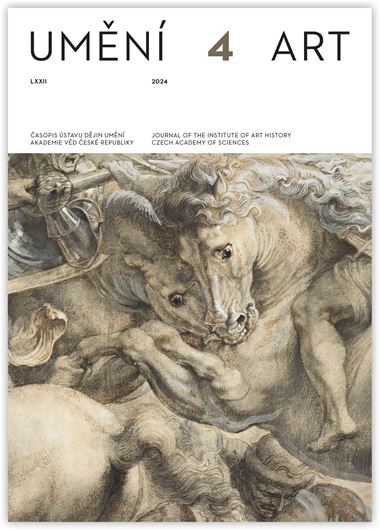Fabio Tononi
Dvořák's Geistesgeschichte Against Progress in Kulturgeschichte: A Comparative Perspective
This article investigates the conception of art history and culture of the Viennese art historian Max Dvořák (1874–1921), as well as his methodological approach to the study of images, comparing it with that of other philosophers and scholars, including Wilhelm Dilthey, Wassily Kandinsky, Edmund Husserl, Aby Warburg, and Walter Benjamin. Dvořák was affiliated to the so-called Vienna School of Art History, and conceived art history as the history of ideas or spirit (Geist). The spiritual in art is a major concern in Dvořák’s late works, an interest that he shared with other intellectuals of the time, including Dilthey, Kandinsky, and Husserl. The affinity between Dvořák, Warburg, and Benjamin is another theme that has not yet been fully developed. In this sense, the present study compares Warburg’s idea of the ‘Afterlife of Antiquity’ (Nachleben der Antike) in European culture and Benjamin’s conception of history as a source of redemption with Dvořák’s understanding of art history. As this study shows, their critiques of technological development converge in the idea that there is no progress in history but only catastrophes. By considering these themes, this essay sheds new light on the relevance of Dvořák’s contribution to the study of art and culture.
Author's email:
fabiotononi@fcsh.unl.pt
DOI: HTTPS://DOI.ORG/10.54759/ART-2024-0405
Full-text in the Digital Library of the Czech Academy of Sciences:
https://kramerius.lib.cas.cz/uuid/uuid:9fe8ddb3-2b19-445d-be1d-75de0b0aa74c
< back

